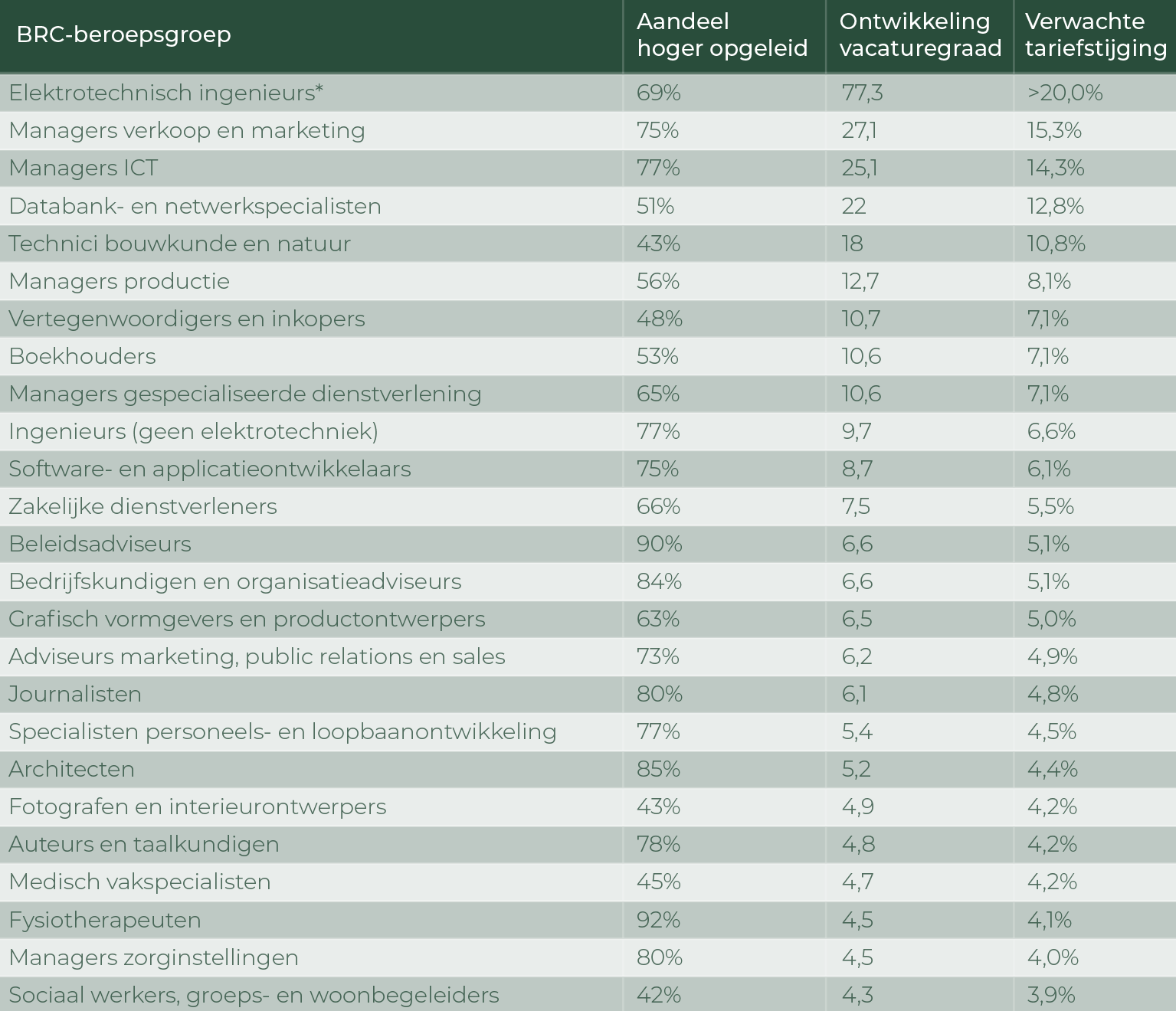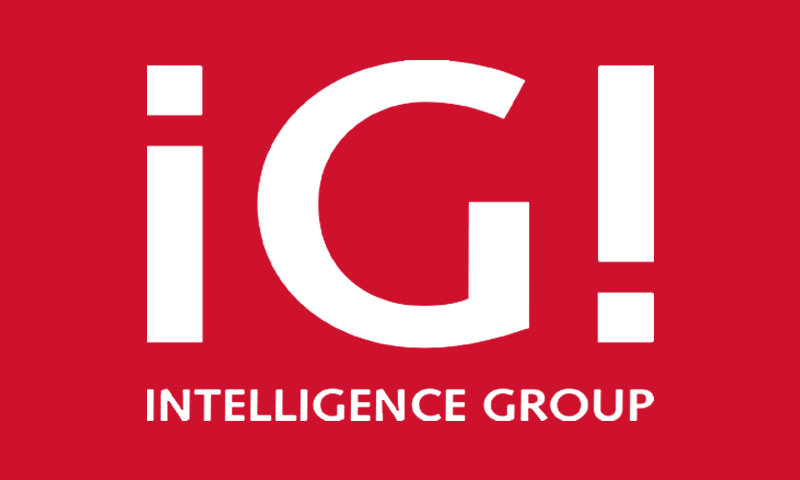Talent Monitor: Forecast rate development professionals 2022
Labor market data specialist Intelligence Group has developed a unique rate prediction model, using data from HeadFirst Group, among others. At the end of 2021, we presented the first forecast, starting an annual tradition.
Highly educated professional gains an average of 5% percent
Self-employed and seconded professionals have a big rate hike ahead in 2022. On average, a highly skilled professional can increase the hourly rate by 5 percent in 2022. The largest increases are expected within practically trained professional groups, with the machine mechanic being the outlier. He is expected to gain 44.6 percent. Across all workers - from practical to highly skilled - the average expected increase is 7 percent. Read the entire press release here

Main observations
- The average expected rate increase in 2022 is 7%. For all highly skilled professionals, the expectation is 5% and for the more practical and operational occupations (blue collar) at least 7%.
- Zooming in on the professionals segment: only among logistics managers, librarians and conservators is a rate increase not expected. The former is a scarce occupational group, but less so compared to last year. The largest rate increases are expected among electrical engineers, sales and marketing managers, ICT managers, database and network specialists, and construction and nature engineers.
- Looking at the more practical and operational segment: only among self-employed bus drivers and streetcar drivers is a small decrease expected (-1.1%). The largest increases are expected among machine mechanics, plumbers and pipe fitters, carpenters, electricians and electronics mechanics, assembly workers, agricultural and forestry workers, welders and sheet metal workers, and truck drivers, among others.
- Rate increases are primarily explained by a constant increase year-over-year of 1.8%. Sensationally, this increase is most logically explained by inflation, but that is not always the explanatory factor. A second factor is the increase or decrease in the occupational vacancy rate. As the vacancy rate decreases or increases and thus the market becomes tighter or wider compared to the previous year, the rate moves with it. These two factors, explain 90.6% of the variance in the prediction model.
Partner

Download Talent Monitor
Other reports...
Talent Monitor: The convergence of fixed and flex
We compile quarterly - based on recruitment data from...
Talent Monitor: Fixed is getting more mobile and flex is getting more sustainable
We compile quarterly - based on recruitment data from...
Talent Monitor: Rate development professionals 2023
We compile quarterly - based on recruitment data from...








